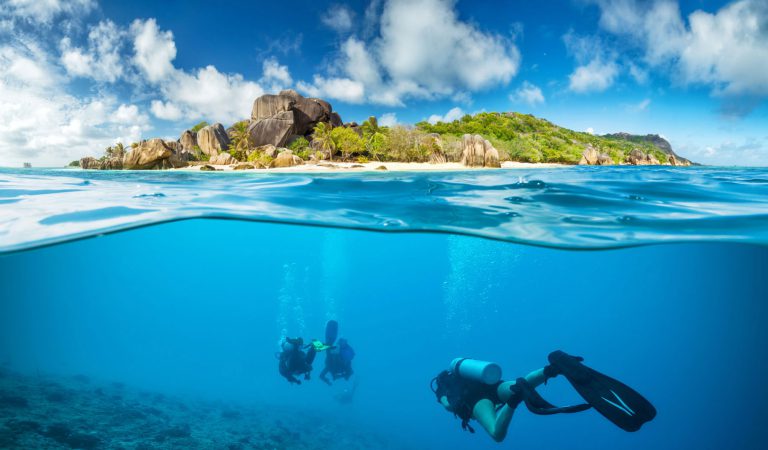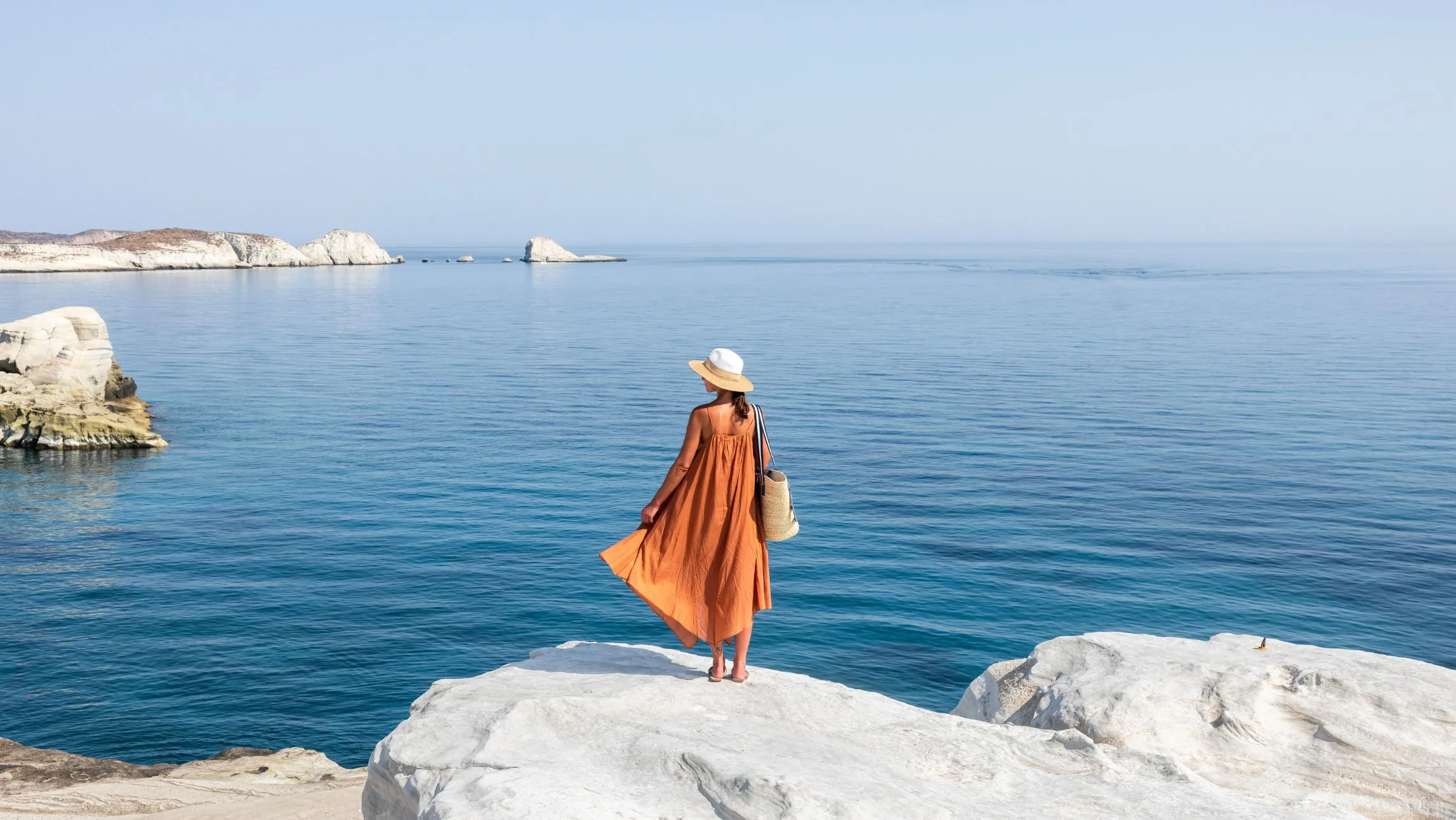In our last column, Warwick Williams shared his tips on how to make those architecture shots picture perfect. This week: photography in exotic locations. Over the next few months, Warwick Williams will be sharing his photography tips.
If you are cruising on ocean-going ships you might carry a large camera kit however if you are river cruising in Europe or Asia, then a combination wide-telephoto zoom lens like the Fujinon XF18-135mm will certainly assist in capturing the scenic beauty along the way without carrying multiple lenses. It is also weatherproof which helps protect it from humidity and suits the full range of Fujifilm X series cameras as well.
If your aim is to capture a specific subject like wildlife then perhaps a longer lens like the XF100-400mm would be more useful while for capturing architecture and crowded street scenes and markets, etc. a wide angle lens like the XF10-24mm is ideal for these subjects.
In humid or dusty environments it is definitely a good idea to fit a protection filter to your lenses to keep dirt and moisture away from sensitive glass.
Of course indoors, especially in very low light areas like caves or temples, you may also require a flash unit with more power than the built-in flash on your camera which will only have a range of about 2 metres.
Cave photos especially shot with on-camera flashes, tend to look somewhat flat and often hazy because very few shadows are created. Shadows actually help give a sense of depth to the image. Haze in cave pictures is caused generally by very humid air containing water droplets that reflect light back towards the camera.
By moving the flash off the camera using an optional sync cord or wireless flash system, more shadows are created, and fogginess is eliminated or at least reduced as airborne water droplets cannot reflect light straight back into the camera. Don’t be disappointed if you still end up with some “floaters” in your picture, it is quite possible they just couldn’t be avoided.
Some of the best cruises are to hot and humid exotic locations but whether it’s Florida USA, Singapore, Cambodia or even Cairns or Darwin heat and humidity can affect your camera gear making your pictures look soft or fogged.
The best way to avoid this problem is to acclimatise your camera gear ahead of time to the outside temperature.
If you are on a ship and have a balcony you are in luck. About 30-60 minutes before you intend to start recording photographs leave your camera gear in its case on your balcony. This will allow the camera to “warm up” to the outside ambient air temperature and fogging will then not occur. If you don’t have a balcony then consider having breakfast on deck and take your camera with you to acclimatise.
If you do find your camera has fogged then don’t wipe or detach the lens just wait until the condensation has dissipated.
If the condensation is bad try putting your camera in a bag with a Silica Gel sack. Moisture wicking sacks are great but if you have forgotten to bring any, check out your new shoes, those little sacks that say “Do Not Eat” are what you are looking for or failing that try using dry uncooked rice or even a small towel can help to absorb the moisture.
Remember the same thing can happen if you spend too long on an air-conditioned bus. Just holding your camera on your lap can keep it warm enough to avoid issues and you may just want to use it during the ride anyway.
Happy cruising and keep recording those memories!








